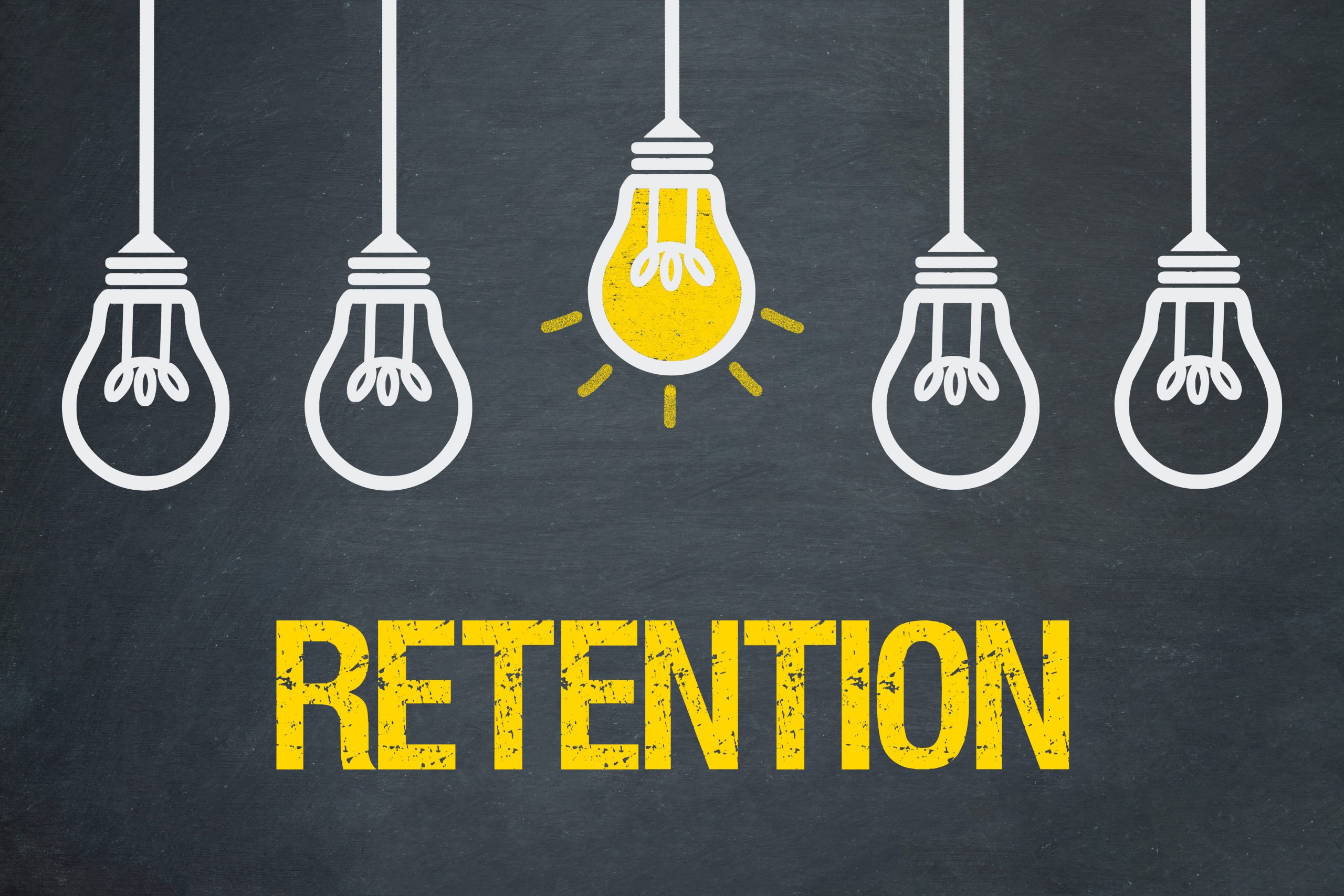In neighborhoods across the country, small businesses tie the community together. They serve as gathering places for friends and celebrations and provide jobs to the locals and characters to their neighborhoods.
But Covid-19 flipped these communities upside down in a matter of weeks. Small business owners nationwide are only beginning to understand the lingering impacts of the pandemic and just how much they’ll need to adjust operations.
It could take months, if not years, for small businesses to adapt to this new normal. Fortunately, their loyal customers wait eagerly for reopenings, because for many, these local shops once offered a sense of home.
To recover from the punch of today’s global pandemic, enhancing relationships with loyal, returning customers is key. Here are three reasons I believe investing in retaining customers, over acquiring new ones, is such a valuable avenue for small businesses now.
1. Returning customers offer higher ROI.
During the global pandemic, having a positive relationship with customers is proving its importance. Communities have rallied to support their favorite shops by purchasing gift cards, facilitating online campaigns, and promoting local businesses on social media.
These regular customers don’t simply show up and help boost business when sales are low. Studies show they are the ones driving most business profits because they spend more at a higher frequency than new customers do. According to an Adobe report, about 40% of a business’s revenue comes from repeat customers, who represent only 8% of all visitors. For context, it takes five new customers to equal the amount one repeat customer spends in an average transaction.
Bain & Company released a study showing that a simple 5% increase in retention can result in a profit of 25% or more. That’s why retaining these loyal customers can offer such a high ROI.
2. Returning customers help a business predict needs.
Returning customers make it easier to predict income flow and inventory because small businesses can learn from their purchase history through point-of-sale integrations offered by many payment companies. While sporadic insights from new customers can say a thing or two about the effectiveness of a marketing strategy, when it comes to actually growing a business, consistency is key. If insights from returning customers are gathered and analyzed, stores can spot trends and adapt their offerings to run more efficient operations.
By leveraging the customer insights of loyal customers the same way Fortune 500 companies do, small businesses can make detailed growth plans and accurately predict how their businesses will fare in times of crisis. Take a franchise like Starbucks, for example. Its massive customer loyalty program has approximately 16 million consistent members and drives 40% of total sales. The company’s insights on its loyal customers show a growing preference for digital order-ahead methods. As such, Starbucks plans to adjust its operations after Covid-19 to implement more order-ahead store layouts, with confidence its customers will be pleased with the pivot.
3. Returning customers are low-cost marketing targets.
I won’t sugarcoat it: Even if loyal customers spend more than new ones, the reality is, most of our country is on a tight budget and spending less right now. As small businesses assess who to target with discounts and reopening advertisements, returning customers are likely the most cost-effective investment. A Harvard Business Review article indicates that it’s five to 25 times more expensive to attract a new client than it is to keep an existing one engaged.
That’s because it takes a lot to get a new customer to visit your store if it’s not already ingrained in their shopping routine. You may spend money on direct mail advertising pamphlets, third-party review companies, phone-book ads, coupons, enhanced websites, talent to manage social media channels and even sign-spinners. In total, acquiring new customers is costly and provides uncertain ROI.
In contrast, focusing marketing efforts on regular customers means smaller, targeted spend, especially if you have a customer relationship management (CRM) system to easily message them. As an example, you can reward these valuable customers with special offerings, exclusive sales, discounts and coupons. The decreased budget required for this approach compared to acquiring new customers is important for small businesses strapped for cash due to Covid-19.
Rewarding customers makes them feel special and will keep them coming back if they feel like their support really matters. Small businesses can adopt a loyalty program and start building a customer database to invest in their returning customers and reap the benefits.
It’s statistically proven to be worth it to invest in these relationships: Some studies show 75% of U.S. companies with loyalty programs do, in fact, generate a positive return on investment. The natural brand advocacy from happy customers will still bring in new customers, too — and will be a win across the board.
Article Credit https://www.forbes.com/







